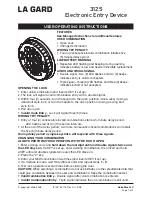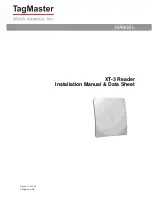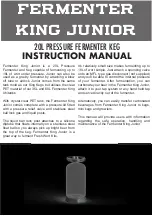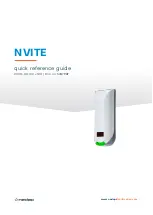UM11029
All information provided in this document is subject to legal disclaimers.
© NXP Semiconductors N.V. 2017. All rights reserved.
User manual
Rev. 1.0 — 16 June 2017
356 of 515
NXP Semiconductors
UM11029
Chapter 19: LPC84x I2C0/1/2/3
fashion after software matches the first data byte to the remaining portion of the 10-bit
address. The Slave function should record the fact that it has been addressed, in case
there is a follow-up read operation.
For Slave Transmitter mode, the slave function responds to the initial address in the same
fashion as for Slave Receiver mode, and checks that it has previously been addressed
with a full 10-bit address. If the address matched is address 0, and address qualification is
enabled, software must check that the first part of the 10-bit address is a complete match
to the previous address before acknowledging the address.
19.7.4 Clocking and power considerations
The Master function of the I
2
C always requires a peripheral clock to be running in order to
operate. The Slave function can operate without any internal clocking when the slave is
not currently addressed. This means that reduced power modes up to Power-down mode
can be entered, and the device will wake up when the I
2
C Slave function recognizes an
address. Monitor mode can similarly wake up the device from a reduced power mode
when information becomes available.
19.7.5 lnterrupt handling
The I2C provides a single interrupt output that handles all interrupts for Master, Slave, and
Monitor functions.
19.7.6 DMA
Generally, data transfers can be handled by DMA for Master mode after an address is
sent and acknowledged by a slave, and for Slave mode after software has acknowledged
an address. In either mode, software is always involved in the address portion of a
message. In master and slave modes, data receive and transmit data can be transferred
by the DMA. The DMA supports three DMA requests: data transfer in master mode, slave
mode, and monitor mode.


















